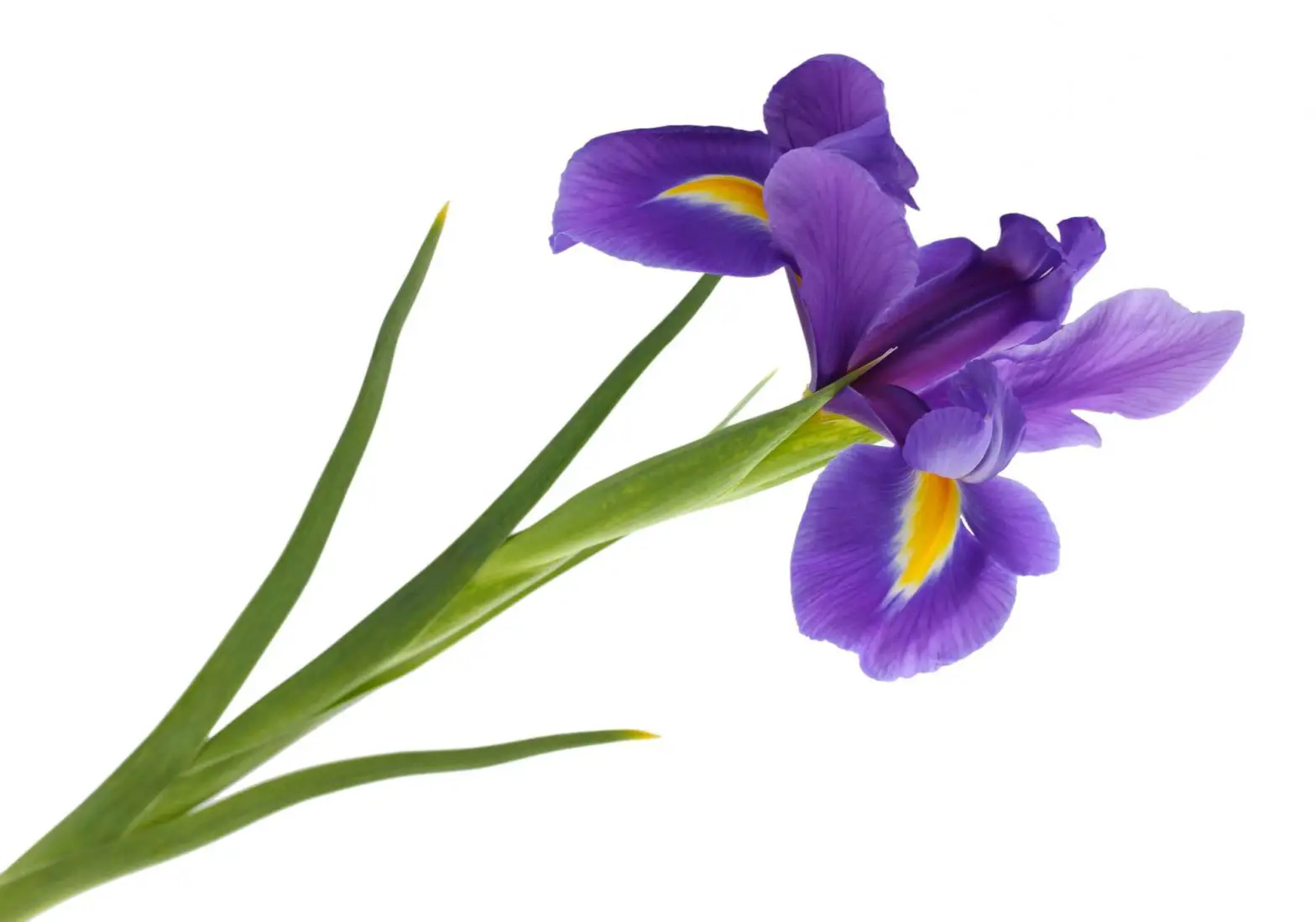Orris is the fragrance term for a floral note in perfumes obtained from the dried and aged roots of the iris flower.
Orris has a charmingly sweet smell of violets with a floral character and an intrinsically chalky nature to it. It’s alluring and delicate, yet courageous and forward.
Iris is the household name for more than 300 species of perennial flowering plants in the Iridaceae family, as well as the cross-overs between them.
Iris plants are named after Ἶρις (pronounced îːris), personification and goddess of the rainbow and messenger of the Olympian gods in ancient Greek mythology who sourced sugary nectar from the world and served it to the rest of the goddesses and gods to drink.
Native to Southern Europe and thriving in the dry soil and hot sun of the Mediterranean seacoast, iris plants must be grown for at least three years before their roots, known among perfumers as “orris root,” can be harvested from them.
While hundreds of species of iris flowers exist out there, nowadays, two are cultivated and harvested for perfumery purposes: Iris pallida, grown mainly in Italy and yielding violet flowers, and Iris germanica, planted primarily in China, India, and Morocco and bearing white flowers.
Since its debut in the world of perfumes with the iconic 1894 scent “Vera Violetta” by Roger & Gallet (Henri Roger), orris root has been a prized ingredient in niche fragrances for more than a century.
The roots are taken from the ground in spring and, after the peel is removed from them, are left to dry and aged for 3 to 5 years. When fresh, iris roots have an earthy and musty odor. Matured, they develop a sweet and subtle scent of violet, which they keep indefinitely.
Once matured, the roots can be steam-distilled to produce orris butter, the essential oil of iris, and the freshly obtained orris butter can go through fractional distillation to make orris absolute.
Steam distillation of orris roots has a yield of 0.02%, and fractional distillation of orris butter a yield of 0.04%. This means that it takes one ton of orris roots to produce 2 kilograms of essential oil and 4 kilograms of absolute.
Needless to say, orris is a costly and cherished perfume ingredient, thanks to the fact that it takes years to dry, and the two methods for extracting essential oil have meager yields.
This is the main reason why quite a few perfume houses choose to imitate the scent of iris by concocting synthetic molecules that mimic its pleasures.
If you enjoy gin, you’ve probably also tasted iris: it’s used as a flavoring agent in the recipe for Bombay Saphire gin.
When devising your own scents by mixing essential oils, blend orris butter with the freshness of bergamot, the luxuriousness of jasmine, the earthiness of patchouli, and the groundedness of cedarwood.

